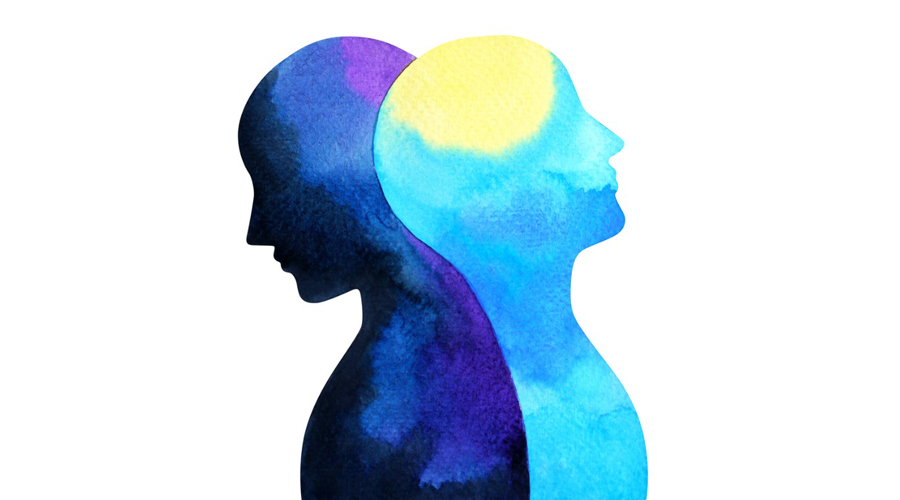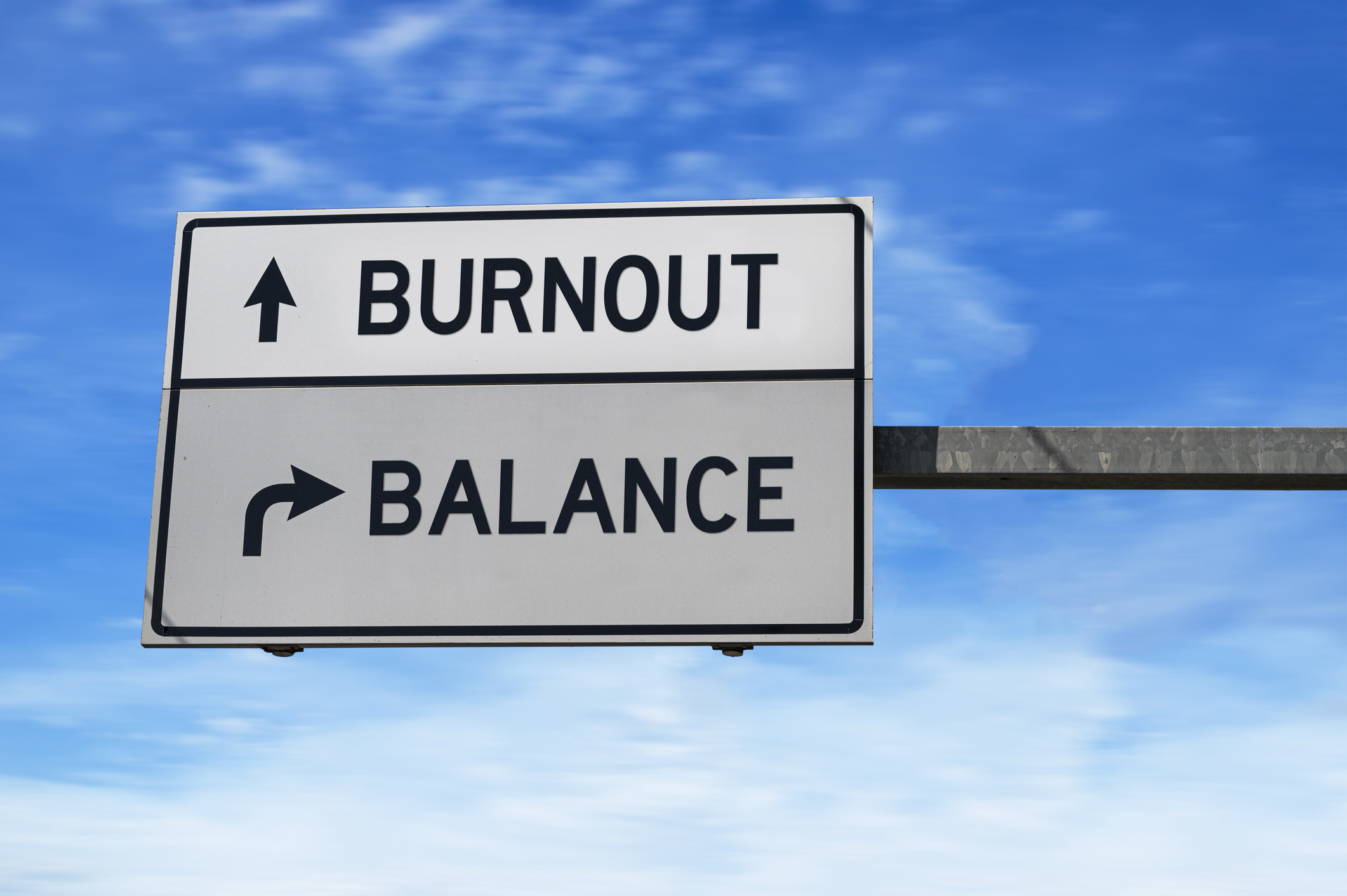Grief and Suicidal Ideation: Understanding, Healing, and Finding Hope
By Dr. Kate Truitt
Introduction
Grief is a profound and deeply personal experience that can reshape our world in an instant. Whether it’s the loss of a loved one, a relationship, or even a part of ourselves, grief can bring with it waves of overwhelming pain and despair.
On the other hand, traumatic grief is a profound and often paralyzing experience that can occur after a sudden, unexpected, or violent loss. Unlike typical grief, which unfolds in stages and gradually softens with time, traumatic grief can feel like being trapped in an unending cycle of pain, confusion, and intense longing. This kind of grief can disrupt every aspect of our lives, leaving us feeling disconnected from ourselves and the world around us. Sometimes, this intense emotional turmoil can lead to thoughts of wanting to escape it all—a place where suicidal ideation can quietly begin to take root.
I’ve dedicated my life to understanding and healing trauma and grief because I know the heavy burden these experiences can bring. In my personal journey, which I share in my memoir “ Keep Breathing: A Psychologist’s Intimate Journey Through Loss, Trauma, and Rediscovering Life ,” I faced my own moments of unbearable loss and despair when I suddenly lost my fiance, John, only a week before our wedding. But I also discovered that within each of us lies the capacity to heal, even when it feels impossible.

I want to share insights into how traumatic grief and suicidal ideation are connected, and more importantly, how we can navigate this challenging terrain with compassion, understanding, and practical tools for healing.
Understanding the Link Between Traumatic Grief and Suicidal Ideation
Grief is a natural response to loss, encompassing a wide range of emotions like sadness, anger, guilt, and sometimes, an intense yearning for what was. While grieving is a normal process, it can become deeply complicated when it feels unending or when we can’t seem to find our way through it. In this video , I share with you my experience of traumatic grief, and how even as a clinical psychologist, neuroscientist, and expert in stress, trauma, and resilience, I’ve been wounded by my own journey.
It’s in these moments of deep pain that thoughts of escape or ending the suffering can emerge. Suicidal ideation can often feel like a desperate plea for the pain to stop, not necessarily a desire for life to end.
The impact of grief on our brain is profound. In “Healing in Your Hands,” I explore various tools that help us understand how our brain’s response to trauma and stress can sometimes override our ability to think clearly. The amygdala, our brain’s tireless protector, can get stuck in a loop of pain, convincing us that the only way out is through extreme measures. But the truth is, just as our brain can adapt and learn from our experiences, it also has an incredible capacity to heal. Neuroplasticity—the brain’s ability to reorganize and form new neural connections—means that even in our most challenging moments, we are capable of change and healing.

The Neuroscience of Grief and Emotional Pain
Our brains are wired to protect us, but sometimes this protection can feel like an unrelenting alarm, blaring in the form of intrusive thoughts, overwhelming emotions, or a constant state of fear and anxiety. When we’re grieving, the amygdala—the part of our brain responsible for detecting threats—can become overactive, making it difficult to feel safe or calm. This heightened state of arousal can lead to a cycle of negative thoughts, including suicidal ideation.
Traumatic grief can disrupt the brain’s ability to process loss in a healthy way. When we experience a traumatic loss, our brain’s alarm system—the amygdala—can become stuck in a state of hypervigilance, constantly scanning for danger and unable to rest. This state can keep us trapped in the pain of the past, making it difficult to engage with the present or imagine a future without our loved one.
Dive deeper into the neuroscience of traumatic grief and loss relating to separation anxiety and suicidal thoughts in this psychoeducational video.
In “Healing in Your Hands,” I discuss how the amygdala’s role as a tireless protector can sometimes go awry in the wake of traumatic events, leading us to feel perpetually unsafe and overwhelmed. However, by using targeted self-healing techniques, we can begin to soothe this overactive alarm system. Techniques like self-havening, mindfulness, and compassionate self-talk can help calm the amygdala, allowing us to access the more rational parts of our brain, like the prefrontal cortex, and start to process our grief in a healthier way.
Identifying Signs of Suicidal Ideation in Yourself and Others
Traumatic grief can bring about intense emotions that may feel unbearable, and it’s crucial to recognize when these emotions might be leading to suicidal ideation. Some signs to watch for include:
- Persistent thoughts about the traumatic event or loss
- Intense feelings of guilt or shame, particularly around the loss
- A sense of hopelessness or feeling that life is no longer worth living
- Avoidance of reminders of the loved one or the traumatic event
- Expressing thoughts of self-harm or death as a way to escape the pain
Recognizing these signs in yourself or others is an important step in seeking help. It’s okay to not have all the answers, but it’s essential to reach out—whether it’s to a trusted friend, family member, or mental health professional. Remember, you are not alone, and there are people who want to support you through this.
If you or someone you know is going through this, I encourage you to listen to this guided meditation for anxiety and suicidal thoughts during grief.
Building Resilience Through Connection and Community
Grief can often feel like an isolating experience, but it’s important to remember that we are not meant to go through it alone. One of the most challenging aspects of traumatic grief is the isolation it can bring. The pain can be so personal and profound that it feels as though no one else could possibly understand. Connection is a vital part of healing. Whether it’s talking to a friend, joining a support group, or simply spending time with those who lift you up, connecting with others can provide a powerful buffer against the weight of grief and suicidal thoughts.
In my memoir, “Keep Breathing: A Psychologist’s Intimate Journey Through Loss, Trauma, and Rediscovering Life,” I share my own journey through profound loss and the role that connection played in my healing process. It wasn’t just about finding the right words or having someone fix my pain—it was about knowing I didn’t have to carry it all by myself. Community, in any form, can be a lifeline, providing both the practical support and the emotional strength needed to move forward. And if reaching out feels too hard right now, that’s okay. Start small—send a text, make a phone call, or even just sit next to someone in silence. The simple act of being with others can remind us that we are not alone in our pain.
Seeking Professional Help: When and How to Get Support
While self-healing techniques and community support are invaluable, there are times when professional help is necessary. If you or someone you know is struggling with persistent suicidal thoughts, it’s crucial to reach out to a mental health professional. Therapists trained in trauma-informed care can provide the guidance and tools needed to navigate the complexities of grief and suicidal ideation.
Here are some steps to finding the right support:
- Look for therapists who specialize in grief, trauma, or suicidal ideation.
- Don’t hesitate to ask about their approach and how they incorporate neuroplasticity and self-healing techniques into their work.
- Remember that it’s okay to try a few different therapists before finding the right fit. The relationship between you and your therapist is a key component of the healing process.
Additionally, if you’re in immediate crisis, resources like the Suicide Prevention Lifeline (988 in the U.S.) or text-based support services like Crisis Text Line (text HOME to 741741) are available 24/7.
For mental health practitioners working with patients and clients dealing with grief and suicidal ideation, I encourage you to check out my On-Demand Course: The Traumatic Grief Neuroplasticity Toolkit: Harnessing Neuroscience to Guide Recovery and Finding New Meaning after Loss. This will enhance your therapeutic toolkit to help your clients navigate their grief with newfound strength and understanding.

Empowering Yourself: Moving Forward with Hope
Healing from traumatic grief is not a straight path, and it’s okay if the journey feels messy or overwhelming. What’s important is to keep moving forward, even if it’s just one small step at a time.
If you’re wondering if we can heal from trauma and grief triggers, watch this psychoeducational video to learn how to practice self-compassion and be more aware of your mind-body connection during these difficult and overwhelming moments.
Remember, healing is not about forgetting or minimizing the loss. It’s about finding ways to honor your loved one while also honoring your own journey forward. As you navigate this path, know that you are not alone, and every step you take is a testament to your strength and resilience. Keep breathing, keep reaching out, and trust that healing is possible.
In the words of Viktor Frankl, “Between stimulus and response, there is a space. In that space is our power to choose our response. In our response lies our growth and our freedom.” You have the power to choose—whether it’s choosing to reach out, to try a new self-healing technique, or simply to keep breathing. Remember, you are not alone in this journey, and every step you take is a step toward healing.
Conclusion
Traumatic grief and suicidal ideation can feel like an overwhelming burden, but within you lies the strength to move through this pain. By understanding the neuroscience behind your emotions, practicing self-compassion, and seeking connection, you can navigate these dark moments and find light on the other side. Healing is possible, and you are worthy of hope, resilience, and a future beyond the pain.




















